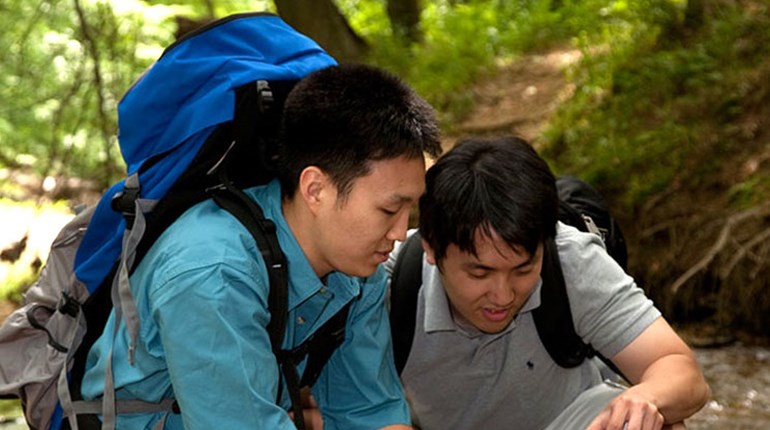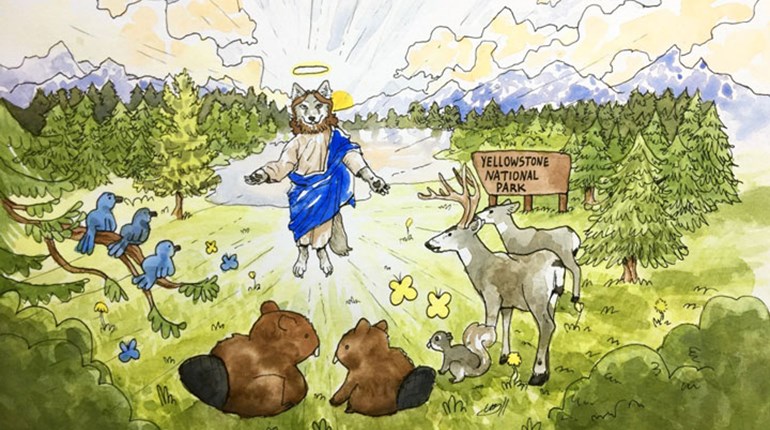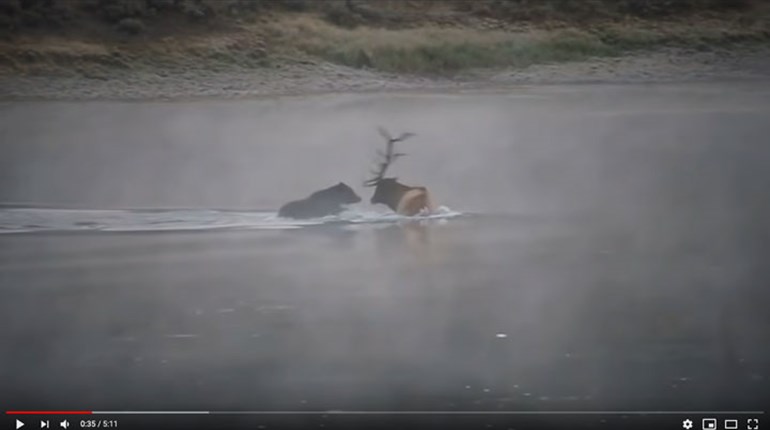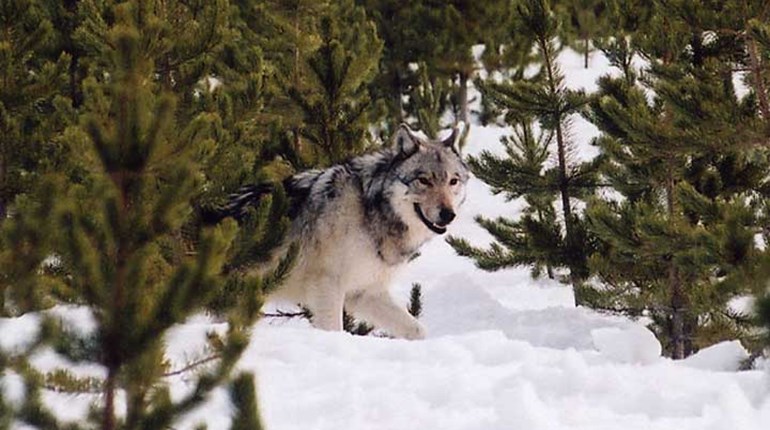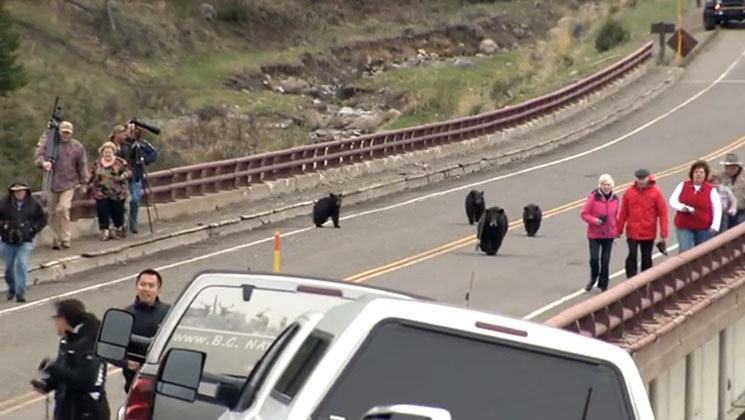
Animal-encounter videos are often destined to go viral, like is this one, in which a group of tourists visiting Yellowstone National Park have a scary face-off with a sow and her cubs. It's amusing to watch, mostly because no one was harmed, but it's definitely a strong reminder that all bears—even the relatively docile North American black bear—are wild animals that can be dangerous and deserve a healthy level of respect.
In the video, you can see a number of mistakes that the tourists made. First, they should have remained in their vehicles. Second, they shouldn't have blocked the path of the bears; instead, they should have backed off to the side to let the bears pass. Third, they shouldn't have turned their backs and run. Running can trigger a predator's prey instinct. What's more, you simply can't outrun a black bear: Their top speed is 35 miles per hour, and they can reach it even in tough terrain. Nor can you outclimb one; bears are accomplished climbers.
Black bears are not generally very aggressive towards humans, but there have been 63 recorded deaths in the U.S. and Canada since 1900...and that doesn't count injuries, which are much more prevalent. However, the primary loser in bear/human encounters are the bears themselves. Bears that become habituated to people, or who begin to see us as food sources, frequently have to be destroyed.
What should you do if you come across a black bear in the wild? According to the American Bear Association:
1. Stay calm - DO NOT RUN (running may elicit a chase response by the bear).
2. Pick up children so they don't run or scream; restrain dog; avoid eye contact and talk in soothing voice.
3. If the bear stands up, he is NOT going to attack but is curious and wants a better sniff or view.
4. Back away slowly; if bear chomps jaw, lunges, or slaps ground or brush with paw, he feels threatened.
5. Slowly retreat from area or make wide detour around bear; don't crowd or block bear's escape route.













